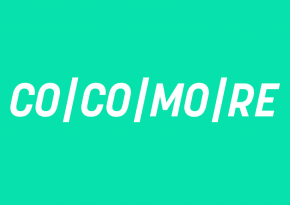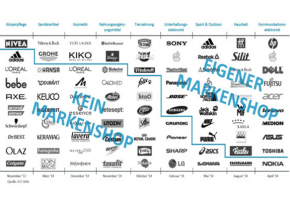“Similarity Attraction Effect”: Why the same wavelength between brand and customer promises success
In English you say “Birds of a feather flock together”. This colloquially describes the known effect from inter personality research, which shows that people feel more attracted to people who are similar to them – also called similarity attraction effect. Although, similarity should be viewed at several levels: outlook, social status, interests and even looks play an important role. There are various explanations for this. One important reason is self-affirmation. Fellow persons, who are similar to me, confirm my view of the world and my lifestyle, which lets me experience a positive feeling of approval. This goes hand in hand with avoiding contradictions. Persons, who always have a different opinion, who show other habits or look differently, imply a questioning of myself – this can lead to an inner conflict (doubt in self-perception). This negative experience can lead to reducing contact or even avoiding it altogether.

This sympathy-effect can even be seen in physical interactions between people. In a scientific study[1] it was analyzed how a visual similarity between participants influenced the seating choice in a computer lab of a university. It showed, that persons wearing glasses sat significantly more often next to another person wearing glasses than could be expected by coincidence. When participants were explicitly asked to sit next to a specific person, similar people (measured by means of different variables such as hair length, hair color, etc.) sat closer together as well. A clear sign of attraction or sympathy.
For brands this means: You should address target groups individually and speak the same language. This gives the customer the impression that the brand understands them (for instance with fitting, personalized offers) and that one has a similar outlook (for example through matching imagery & language style as well as choice of the communication channel). This leads to more sympathy and customer loyalty. But keep in mind: The brand should not pretend. A contradicting brand image, e. g. on TV and online, can’t convince. Sub brands offer a reasonable alternative here. A good example in this context is the brand “Hello” by Lindt, which should reach a younger and bolder audience.
[1] Mackinnon, Sean, Christian Jordan & Anne Wilson (2011), “Birds of a Feather Sit Together: Physical Similarity Predicts Seating Choice”, Personality and Social Psychology Bulletin, 37 (7).





